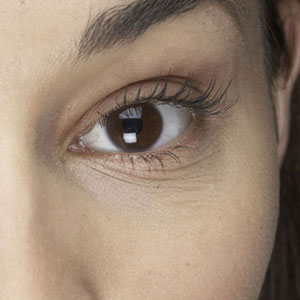Eyelid Surgery
 The upper and lower eyelids protect the eye and keep it lubricated. The front half of the eyelid contains skin and muscle, and the back half contains a cartilaginous structure called the tarsal plate that adds rigidity to the eyelid. Each eyelid has multiple small meibomian glands that secrete an oily-like substance that helps to lubricate the outer eye and decrease evaporation of the tear film. The upper eyelid is elevated by the levator muscle which is attached directly to the tarsal plate by a tendon which is called the levator aponeurosis. There are orbital fat pads located just behind the eyelids that act to cushion and protect the eye.
The upper and lower eyelids protect the eye and keep it lubricated. The front half of the eyelid contains skin and muscle, and the back half contains a cartilaginous structure called the tarsal plate that adds rigidity to the eyelid. Each eyelid has multiple small meibomian glands that secrete an oily-like substance that helps to lubricate the outer eye and decrease evaporation of the tear film. The upper eyelid is elevated by the levator muscle which is attached directly to the tarsal plate by a tendon which is called the levator aponeurosis. There are orbital fat pads located just behind the eyelids that act to cushion and protect the eye.
• Functional eyelid surgery provides treatment for the following conditions:
• Ptosis (drooping eyelids due to a weak muscle)
• Dermatochalasis (drooping eyelids due to excess skin hanging over the edge of the eyelid)
• Ectropion (eyelid turning out)
• Entropion (eyelid turning in)
• Retraction (eyelid not able to close all the way)
• Skin cancer